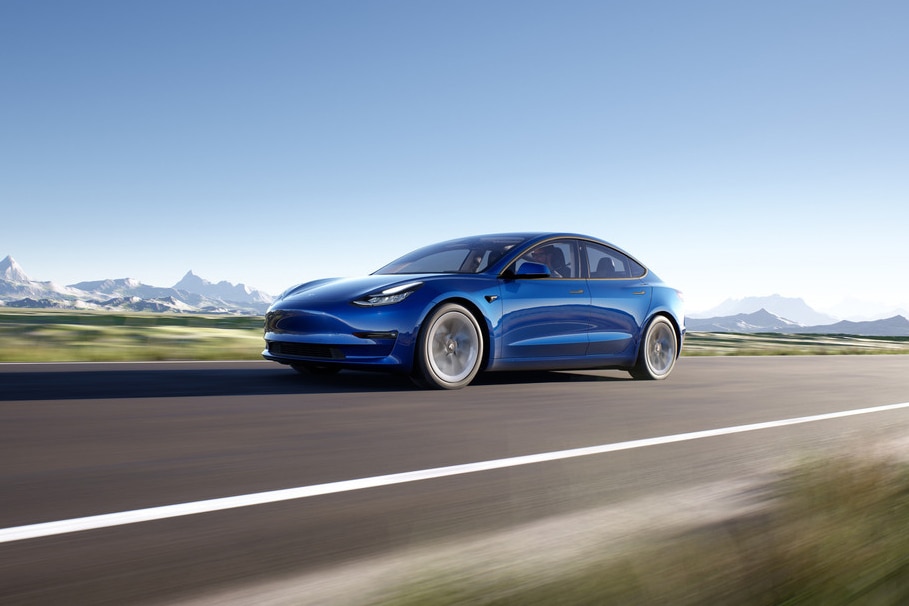Cheapest Tesla Model: How to Get One
What to expect if you’re looking to get one of these popular electric vehicles.
 Tesla
Tesla
Article QuickTakes:
Shopping for the cheapest Tesla model can seem like a challenge, especially since the electric-car brand doesn't stick to the typical model-year cycle we've come to expect from other brands—they're
High-tech and high-style, the lineup of Tesla electric cars can seem like as much an exclusive fashion statement as an eco-friendly choice. Fashion doesn't come cheap, but it's the price to pay for an impressive electric range and a comprehensive suite of driver-assistance features. If you feel it's the
The Tesla Model 3 and Model Y
The lineup starts with the Model 3, a compact sedan of about the size of a BMW 3-Series or even a Toyota Corolla, ranging in price from around $40,000 to just under $55,000. Though exact specifications can vary throughout the year based on what Tesla chooses to offer consumers at any given moment, the company's proverbial "grab bag" of bits and pieces can include a choice of rear- or all-wheel drive, the latter accompanied by an extra electric motor for even better acceleration and a longer range. No matter what, there are plenty of luxury features, including Autopilot—an advanced driver assistance technology—which comes standard on every new Tesla.
Shoppers in the market for an electric sedan will find few four-door options comparable to the Model 3, though a Nissan Leaf or Chevrolet Bolt EV are hatchback models that can offer similar utility and passenger comfort at lower prices (starting at around $27,000 and $32,000 respectively) than the cheapest Tesla model. The Leaf and the Bolt EV cost less, though they don't deliver as fancy or high-tech an interior as you'll find in a Model 3.
From there, the Model Y, ranging in price from around $52,000 to just under $71,000, is a small crossover with a footprint similar to that of the Model 3 but with a slightly higher seating position and a broader profile that affords a larger cargo area.
The wider lineup of electric SUV and crossover models on the market means more choices. Comparable electric SUVs range from the less-expensive Chevrolet Bolt EUV and Hyundai Kona EV (starting at $33,000 and $34,000 respectively) to more luxuriously appointed models such as the Volvo XC40 Recharge. Chevy's Bolt EUV offers impressive value for the money, while the Hyundai Kona EV has an expressive style and a terrific electric range. The Volvo XC40 Recharge has upscale looks and tremendous personality, plus a top-notch safety record.
Negotiating on a Tesla
Bargain hunters may be dismayed to learn that Tesla charges a fixed price for its entire lineup. With no conventional dealership network, shoppers generally place their orders online and will usually have to wait a few weeks or even a few months for their new electric car to be delivered. Occasionally, Tesla offers in-stock models in certain markets, though this can vary throughout the year.
You won't find any success in trying to negotiate on a Tesla model like you might with one from nearly any other automaker. Additionally, Tesla doesn't offer special seasonal deals on its model. The price you see is the price you pay, lease, or finance. Tesla tweaks its lineup periodically, typically adding battery capacity for a longer electric range—accompanied by a commensurate price increase, that is.
If you're after the cheapest Tesla model possible, you'll want to look for a used one. Once again, you won't be able to negotiate on one bought directly from the automaker, which keeps an inventory of pre-owned models in certain markets. Instead, searching for a bargain Tesla means looking for one that is either available from a private party or is in stock at a used car dealership.



